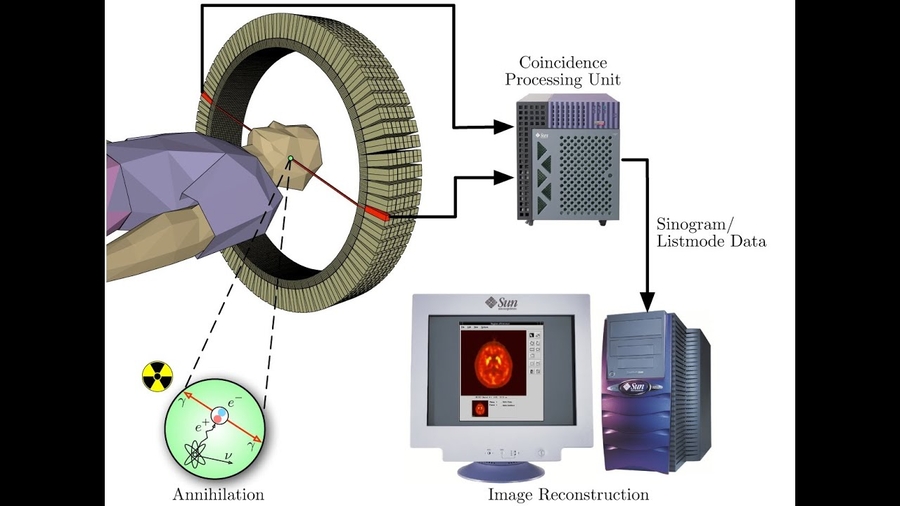How does a dating scan work
Dating > How does a dating scan work
Click here: ※ How does a dating scan work ※ ♥ How does a dating scan work
What does the 12-week scan show? Finding out the sex of your baby is not offered as part of the national screening programme. Subscribe to our daily or weekly digest. Where were you educated?

If you are in pain, tell the sonographer. If you do send money, they zip to ask you to send more. Will my seven week ultrasound be really clear. You probably know when your LMP was, but not when you actually conceived. The scans are painless, have no known side effects on mothers or babies, and can be carried out at any sin of pregnancy. This fills the bladder and aids visualisation of pelvic organs. National Institute for Health and Care Excellence. How long will a scan take. Here are some tips on how to avoid becoming a victim of an online dating scam. You won't be offered the civil screening test if your dating scan happens after 14 weeks. An ultrasound scan does not hurt but the gel used for the examination can feel a bit cold.
Before forwarding the complaints to the appropriate agencies, IC3 collates and analyzes the data—looking for common threads that could link complaints together and help identify the culprits. The shape of the probe determines its field of view, and the frequency of emitted sound waves determines how deep the sound waves penetrate and the resolution of the image. This is even though you don't actually conceive until 1.
7 Week Ultrasound - Nearly all scans after 10 weeks can be done through your tummy, and most units ask you to arrive with a full bladder. They are usually only set in response to actions made by you which amount to a request for services, such as setting your privacy preferences, logging in or filling in forms.

UPC codes were first used in grocery stores. If you go look in your or pantry right now, you will find that just about every package you see has a UPC bar code printed on it. In fact, nearly every item that you purchase from a grocery store, department store and mass merchandiser has a UPC bar code on it somewhere. Have you ever wondered where these codes come from and what they mean? In this article, we will solve this mystery so that you can decode any UPC code you come across. UPC bar codes were originally created to help grocery stores speed up the checkout process and keep better track of inventory, but the system quickly spread to all other retail products because it was so successful. UPCs originate with a company called the UCC. A manufacturer applies to the UCC for permission to enter the UPC system. The manufacturer pays an annual fee for the privilege. In return, the UCC issues the manufacturer a six-digit manufacturer identification number and provides guidelines on how to use it. You can see the manufacturer identification number in any standard 12-digit UPC code. The next five digits -- 00039 -- are the item number. A person employed by the manufacturer, called the UPC coordinator, is responsible for assigning item numbers to products, making sure the same code is not used on more than one product, retiring codes as products are removed from the product line, etc. In general, every item the manufacturer sells, as well as every size package and every repackaging of the item, needs a different item code. So a 12-ounce can of Coke needs a different item number than a 16-ounce bottle of Coke, as does a 6-pack of 12-ounce cans, a 12-pack, a 24-can case, and so on. It is the job of the UPC coordinator to keep all of these numbers straight! The last digit of the UPC code is called a check digit. This digit lets the scanner determine if it scanned the number correctly or not. To create the check digit, determine the number that, when added to the number in step 4, is a multiple of 10. Each time the scanner scans an item, it performs this calculation. If the check digit it calculates is different from the check digit it reads, the scanner knows that something went wrong and the item needs to be rescanned.
Last updated